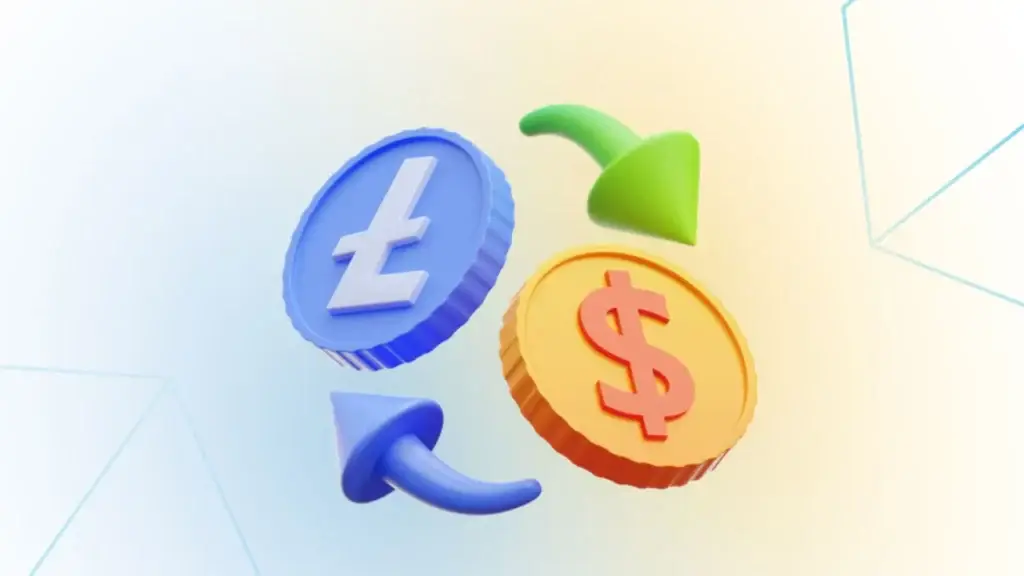The cryptocurrency market has a mysterious infrastructure that enables the movement of digital assets. Crypto-currency exchanges are the key elements of this system that link the reality of fiat money and the virtual blocks of the network. They allow you to exchange digital currencies, carry out financial transactions, transfer assets from one form to another, and do it quickly and without unnecessary paperwork. This article will help you understand the principles of exchangers and their role in the cryptocurrency ecosystem.
What is a crypto-currency exchanger, and how does it work?
Crypto-currency exchanges are specialised platforms designed to exchange digital assets for other crypto-currencies or fiat currency. Unlike crypto-currency exchanges, which operate as trading platforms in their own right, exchangers offer direct exchange services at a fixed exchange rate. The user enters the amount, chooses the exchange address and receives the asset on their card or wallet.

Exchange platforms can operate on a centralised basis, where transactions are regulated by the platform owner, or on a decentralised basis, via P2P, where the transaction takes place directly between users. It is important to note that each exchange sets its commissions and fees, reflecting its revenue model.
Centralised crypto-currency exchanges offer a higher level of security and convenience, as transactions take place through a controlled system. P2P exchanges, on the other hand, offer more flexible terms and conditions, allowing users to negotiate their price. This makes the exchange market more competitive, but requires caution when choosing a counterparty. A good understanding of these models allows users to choose the right service for their needs.
P2P and traditional crypto-currency exchanges: advantages and disadvantages
Both types of exchange have their characteristics:
- Classic exchangers offer speed and convenience. They offer fixed commission and transaction protection, but their costs are higher.
- P2P exchanges allow users to negotiate the exchange rate themselves. This is often advantageous, particularly for large exchange volumes, but there is a risk of fraud.
Traditional crypto-currency exchanges generally require mandatory authentication, which offers additional protection but reduces user anonymity. P2P allows anonymity to be preserved, but the risks are much higher, especially if adequate precautions are not taken. The choice between these two types of service depends on the user’s preferences: whether they are prepared to pay for convenience and security or whether they are looking for maximum flexibility.
How to trade cryptocurrencies
 To exchange cryptocurrencies, you first need to choose a platform that offers the right exchange rate and a convenient service. The first step is to determine exactly what you need to exchange: cryptocurrencies for fiat currency or vice versa. The process involves the following steps
To exchange cryptocurrencies, you first need to choose a platform that offers the right exchange rate and a convenient service. The first step is to determine exactly what you need to exchange: cryptocurrencies for fiat currency or vice versa. The process involves the following steps
- Selecting a crypto-currency exchanger – using review sites such as BestChange to find an option offering the best rate and minimal commission.
- Entering data – users specify the amount and address of the exchange, for example for a transfer to a card.
- Confirm and wait – confirm the request and wait for the transaction. Transactions usually take a few minutes.
It is also important to take account of the exchanger’s opening hours and any limits on the amount of the exchange. Many services set minimum and maximum limits, which can be a decisive factor in choosing a platform. In addition, users should check verification and other security requirements for a successful transaction.
Costs and choosing an exchange with the best rate
Any financial transaction involves additional costs, and exchanging cryptocurrencies via a dedicated exchange is no exception. Commission is the platform’s main form of profit. It can be fixed or a percentage, depending on the amount and direction of the exchange.
When choosing a platform, it is important to take into account not only the commission but also the fees, as these can vary considerably. The best way to cut costs is to analyse the offerings of different exchanges using aggregators that show the difference between fees and commissions.
Pay attention to hidden fees. Sometimes only the basic fees are shown, while the additional fees for payment systems or cash withdrawals on a bank card are hidden.
Cryptocurrency exchange: withdrawals to wallet or card
Users often wonder which is more cost-effective: sending cryptocurrencies to a wallet or transferring them to a bank card. The choice depends on specific objectives:
- To wallet – the better option for those who want to maintain anonymity and use cryptocurrencies more.
- To card – the best option for those who want quick cash for everyday use. Card transactions usually require identity verification, which reduces the level of anonymity.
It should also be noted that card transfers can take longer due to the peculiarities of the banking system and any transaction checks. Switching to a crypto-currency wallet is generally quicker and can be more favourable in terms of cost.
How do you choose a cryptocurrency exchanger and avoid scammers?
This is one of the most important questions, especially for beginners. There are honest cryptocurrency exchangers on the market and scammers who can simply embezzle money.
Main selection criteria :

- opinions and reviews: users share their impressions on forums and specialist sites. Trust ratings are an important indicator of security.
- licensing and registration – checking that the exchanger is officially registered reduces the risk of dealing with scammers;
- Transparent terms and conditions – the swapper should be open about their fees and transaction terms and conditions. If they hide this information, beware of ;
- Trustworthy aggregators – using platforms such as BestChange allows you to choose sites with a high trust rating, which minimises risk and saves time when analysing.
Conclusion
 Crypto-currency exchanges play a key role in the digital asset ecosystem, making them available to a wide range of users. It is a convenient and fast way to convert cryptocurrencies into known money, but you should always be aware of the risks and only choose reliable services. Therefore, you should carry out a thorough analysis and only choose reliable platforms.
Crypto-currency exchanges play a key role in the digital asset ecosystem, making them available to a wide range of users. It is a convenient and fast way to convert cryptocurrencies into known money, but you should always be aware of the risks and only choose reliable services. Therefore, you should carry out a thorough analysis and only choose reliable platforms.
 en
en  ru
ru  de
de  ar
ar  es
es  nl
nl  hi
hi  fr
fr  it
it  pt
pt  el
el 











